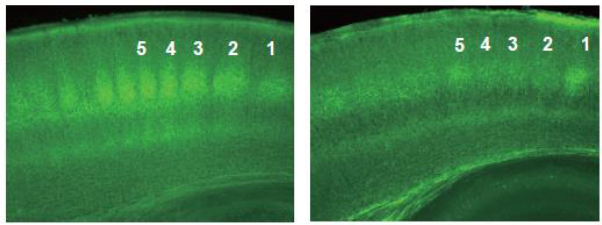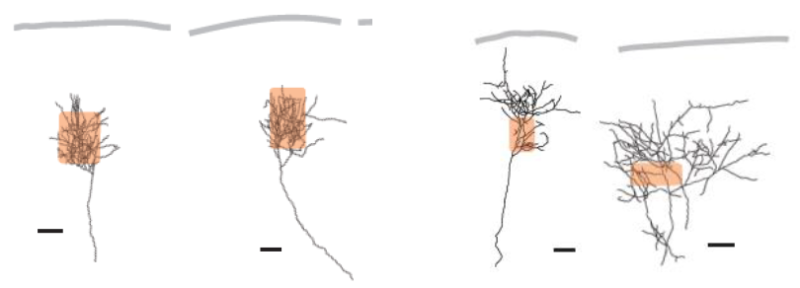Adverse effects of cannabis scientifically verified

Researchers have clarified important mechanisms involved in the formation of neural circuits in the brain. This group also discovered that delta-9-tetrahydrocannabinol (THC), a psychoactive substance also found in cannabis, causes disruption of neural circuits within the cortex. These results explain why cannabis may be harmful and have potential to find application in the functional recovery of brain injury and in cases of dementia.
Neural activity is known to play an important role in the formation of neural circuits. However, we still do not know much about what kind of neural activities are involved in this formation process. This process is especially complex in projections from the thalamus to the cortex, of which so far we only knew that as these projections develop, unnecessary projections are eliminated, thereby leaving only correct projections. A group of researchers led by Fumitaka Kimura, associate professor at the Department of Molecular Neuroscience, Graduate School of Medicine, Osaka University, has now clarified the involvement of several mechanisms in the formation of this neural circuit. The researchers also put forth scientific evidence that cannabis intake causes the unnecessary trimming of neural connections, leading to a breakdown of neural circuits (Figure 1).
In their study, this group of researchers discovered that in a different section of the cortex, the rule (Spike Timing-Dependent Plasticity: STDP) by which synaptic strength (a functional measure of connections) between neurons was determined suddenly changed at a certain point in development. Building on this finding, the group examined whether a similar STDP change occurred in the projection from the thalamus and the cortex as well. They found that initially, the synapses were strengthened due to the synchronized activities of the pre- (thalamic) and post- (cortical) synaptic neurons. But after the projections had spread widely, the synchronized activities weakened all but some synapses, thereby eliminating unnecessary projections to enable more systematic ones. As the synapses are weakened, endogenous cannabinoid is released from neural cells via these synchronized activities, leading to a regression of unnecessary neuron projections (Figure 2). The researchers also confirmed such regression when cannabinoid was taken in externally.

These findings may have an impact on further research focused on advancing our understanding of the mechanisms involved in the formation of neural circuits and have the potential to lead to the development of new therapies to improve recovery from brain damage and dementia. In addition, the findings provide scientific evidence for the adverse effects of cannabis consumption on brain development and therefore may help to decrease abuse of marijuana.
This research was featured in the electronic version of Journal of Neuroscience on June 29, 2016.
More information: C. Itami et al, Developmental Switch in Spike Timing-Dependent Plasticity and Cannabinoid-Dependent Reorganization of the Thalamocortical Projection in the Barrel Cortex, Journal of Neuroscience (2016). DOI: 10.1523/JNEUROSCI.4280-15.2016
















